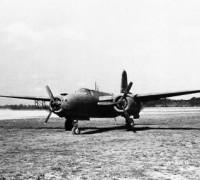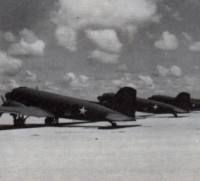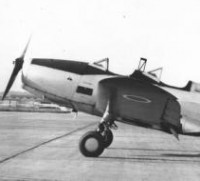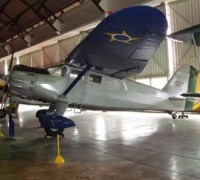BRAZILIAN AIR FORCE FAB * - BRAZILIAN AIR FORCE
10)DOUGLAS B 18 BOLO
Total received: 04
Characteristics
Crew: 6 Length:
Height:
Empty weight:
Loaded weight:
Max takeoff weight:
Powerplant: 2× Wright R-1820-53 radial engines, 1,000 hp (750 kW) each )
Performance
Maximum speed:
Combat range: 999 nm (
Service ceiling
Wing loading: 23.1 lb/ft² (113 kg/m²) Power/mass: 0.09 hp/lb (150 W/kg)
Armament: Guns: 3×
With the country's involvement in World War II, in 1942, the US government, in compliance with the agreements reached with the Brazilian government, immediately began to transfer aircraft and equipment under the Leading Lease Act, of all Specialties, to reinforce the defenses of the national territory and to protect merchant ships and convoys carrying raw material for the allied war effort.
The first FAB B-18 attack against a German submersible occurred on May 8, 1943 on the coast of Maceió, when the "FAB 6300" carried out an attack on the U-154 submarine, which had recently attacked the Panamanian merchant ship Motorcarline, the German ship sailed on the surface and upon seeing the B-18 Bolo dived immediately, the aircraft launched its depth and instruction bombs, which fell in front of the foam mat left on the surface, emerging after a huge oil patch in the sea. Bolo continued to fly over the site for an hour and the sinking of the submarine was not confirmed.
After the end of the war, the two aircraft remained in operation at Recife Air base until October 1946, when they were transferred to the São Paulo Aeronautical Maintenance Facility in order to be released from the FAB inventory, one of them being unloaded on February 10, 1947 and the other one destined for ground instruction, where it was employed until 1949, and was later disassembled. A third cell used, now version B-18A was received on August 16, 1944, being assigned to the ETav, (Aviation Technical School) as a "war-weary" aircraft, it never flew, remaining in this institution until July 18, 1955, when it was deactivated and sold as scrap.
As a further reference, a fourth aircraft would be destined to the FAB in 1945, but during the ferry flight the aircraft carrying the registration number 32-286 C / n 1674 crashed on February 18 in the city of San Jose, Guatemala, that caused its total loss, not being incorporated into the FAB inventory.
One B-18 Bolo is credited the sinking of U-Boat 512 off
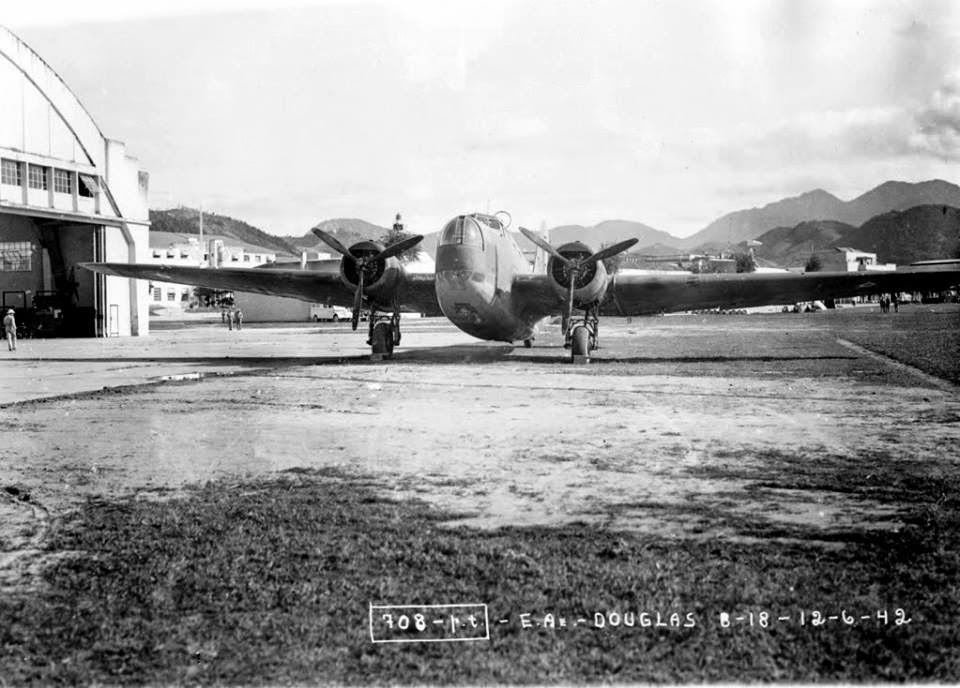
View of one B 18 following its arrival at Afonsos Airbase, Rio de Janeiro airbase ending the long ferry journey since Douglas Aircraft Company. Photo castropr.blogspot.com.br
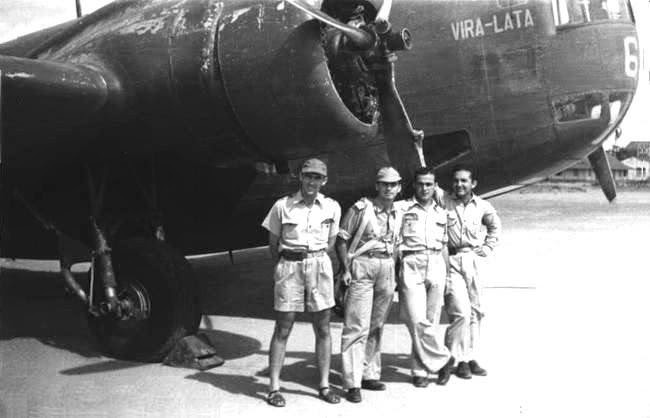
Brazilian crew in front of their cumbersome "Vira lata" (Street dog) Photo castropr.blogspot.com.br

Above 3 Douglas Bolo seen at Sao Paulo PAMA, Brazilian Air Force maintenance facility. Photo by Photobucket
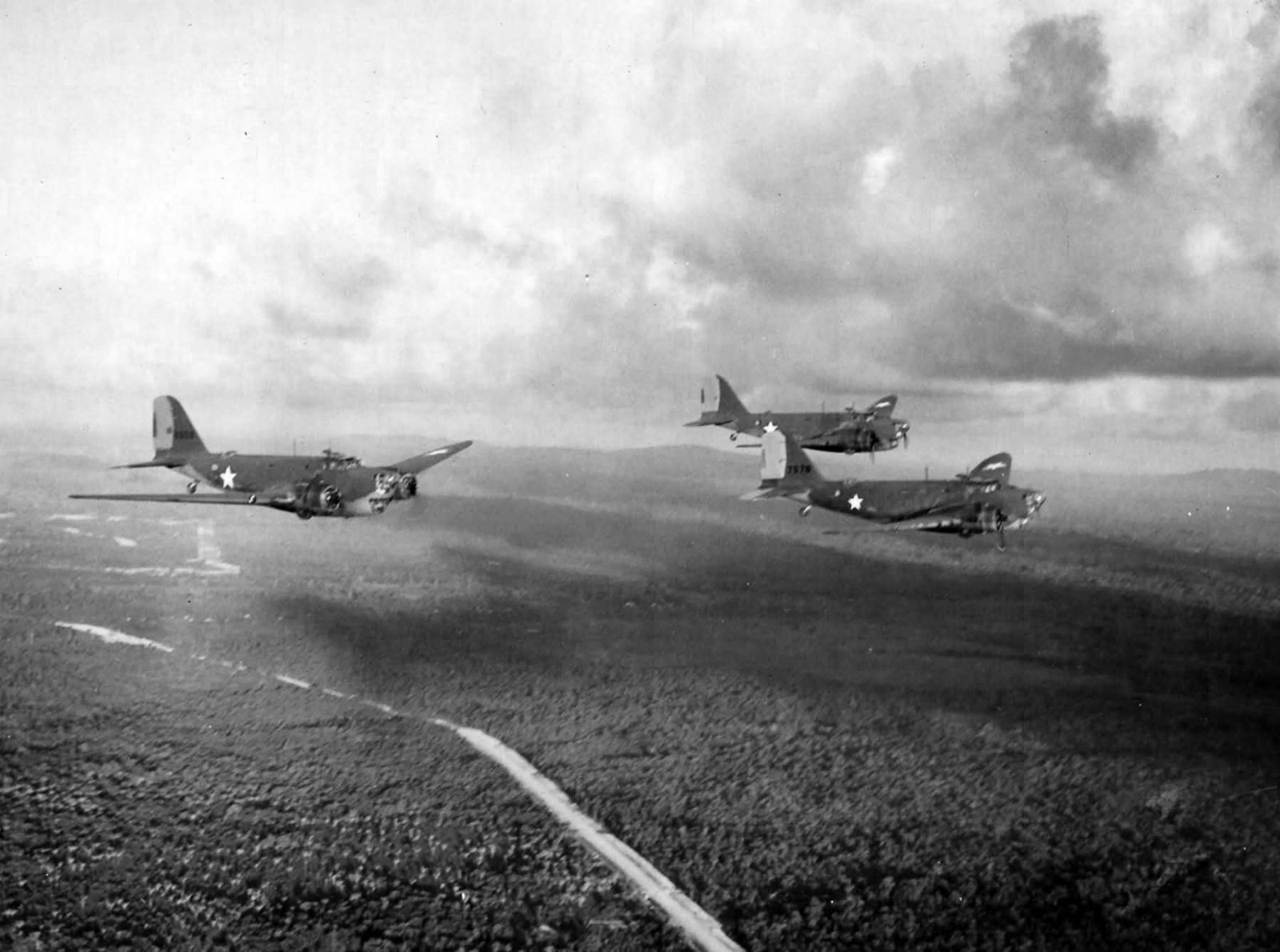
B-18 of the 99th Bombardment Squadron stationed at Zandery Airfield, Dutch Guyana. The planes are in formation over the Caribbean 1942. Photo wikipedia.org
